Val McDermid's Scotland: 'It was so unexpected I wondered if I was hallucinating it. But a quick glance at Alan’s face told me he could see it too'
In an extract from her book My Scotland, crime writer Val McDermid revisits Assynt in Sutherland and the magic of the Hermit’s Castle, perched on rocks above the sea.
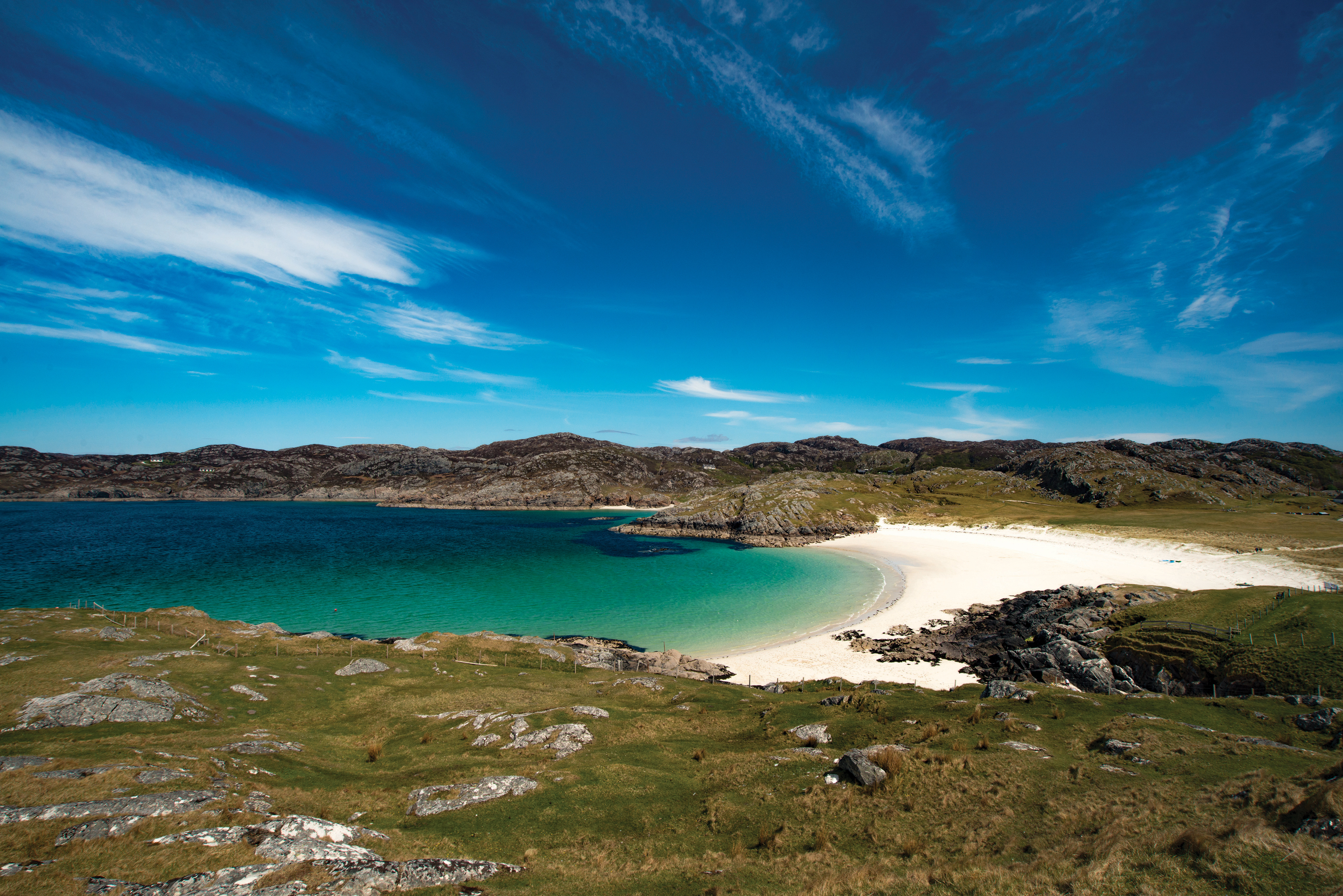

Sometimes writers evoke a place so powerfully we have to go and see it for ourselves. People make a living running literary tours, showing readers round the streets and alleys, the pubs and cafés where their literary heroes hang out.
For me, the poetry of Norman MacCaig was an irresistible magnet that drew me true north to the Assynt region of Sutherland and its distinctive scenery. Assynt is a labyrinth of freshwater lochans, wild and desolate moorland, ancient rocks, and mountains that rise as singletons, each with a unique profile. And around the fringe, a spectacularly jagged coastline bitten into by strands and coves of pale gold sand. MacCaig wrote deeply moving metaphysical poetry about Assynt that laid claim to my heart in my teens. It still does.
I went there on a kind of pilgrimage the summer before I left Scotland for Oxford. I’d been working as a waitress in the Station Hotel in Kirkcaldy, saving money for my journeys north and south. Silver service waitressing was, I knew, a transferable skill and so it proved. I avoided depleting my savings by doing casual shifts at the Culag Hotel in Lochinver. In the bar there, Duncan, a seventy-two-year-old trawler skipper, proposed marriage on several occasions, some of them when he was sober.
In spite of his occasional gifts of lobsters and turbot, I was more interested in the Assynt landscape and I spent most of my nights at the Youth Hostel in nearby Achmelvich, making temporary alliances with other visitors as eager to get out in the hills as I was. I remember that summer in a golden glow of stories and song, seascapes and summits.
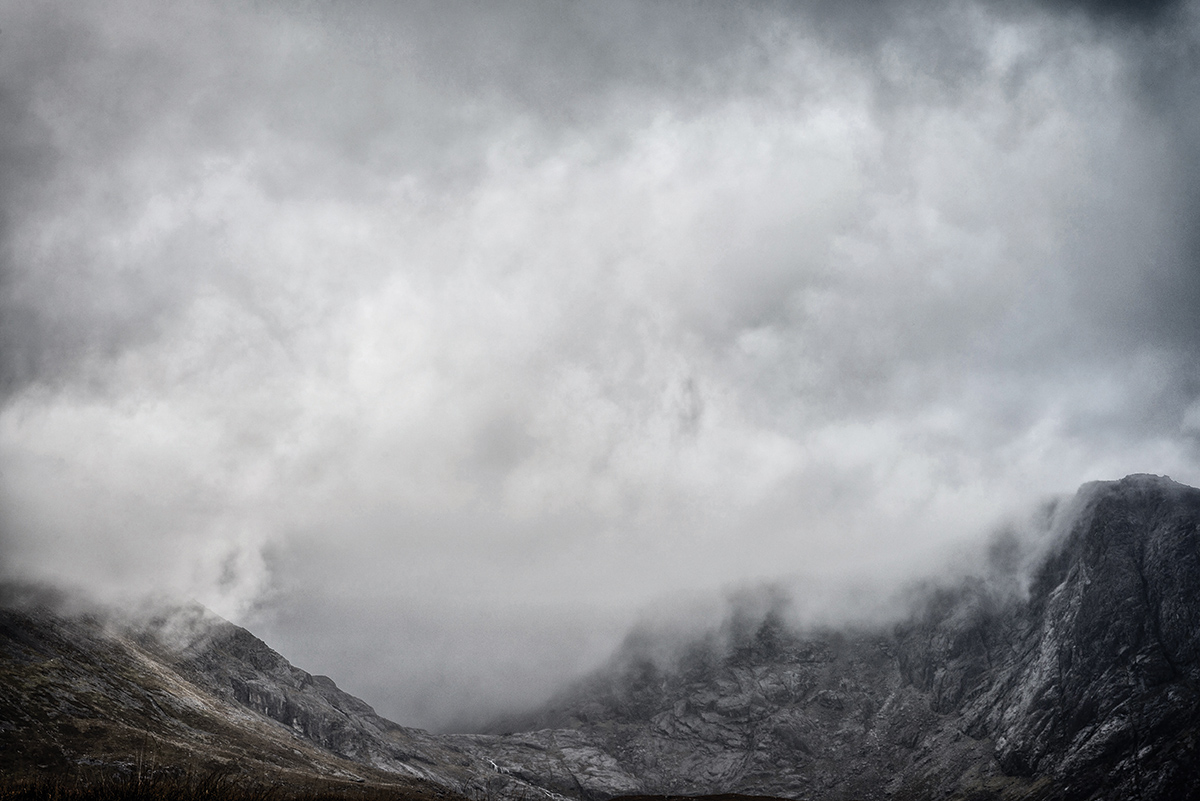
Achmelvich itself is a cluster of cottages; a Youth Hostel; a breathtakingly beautiful white sand beach; and, these days, a caravan site. The headland beyond the caravan site is a promontory of boggy machair and weather-worn rocks splashed with the coloured lichens that give Harris tweed its distinctive shades. The sheep keep the grass trimmed and at first glance it looks like any one of thousands of similar outcroppings on the west coast and the Hebridean islands.
But the promontory at Achmelvich hides a remarkable surprise. Out on the rocks, perched on the side of a narrow inlet with a shingle beach the size of a rowing boat, is the Hermit’s Castle. It’s easy to miss; it’s built of rough-cast concrete whose mix incorporates shells and grit from the beach below and it blends in perfectly with the shades around it. What catches the attention is sudden straight lines in a rounded landscape.
On closer inspection, it reveals itself as a cunningly designed bolthole, just big enough for one. There is no door; the entrance curves round like a snail shell to keep the wind out. There’s a fireplace with an external chimney like a periscope, the right-angled bend facing away from the prevailing wind to prevent the smoke being blown back down. There’s a concrete bed platform. The light comes from small square holes that once held glass bricks, long since vandalised.
Sign up for the Country Life Newsletter
Exquisite houses, the beauty of Nature, and how to get the most from your life, straight to your inbox.
There is, of course, a story. I’ve tried without success to verify the details, but it goes something like this.
Back in the early 1950s, an architect from Norwich arrived in Assynt. It’s said he was recovering from some sort of breakdown. He camped out on the point, travelling in and out in an open boat with an outboard motor. He had as little to do with the locals as he possibly could, and over a period of months, he built the Hermit’s Castle. It must have been back-breaking work, carrying bags of cement up that steep, narrow climb from the beach; building wooden frames to pour the concrete into; mixing cement by hand. All that time on his own, without even a fresh water supply close at hand.
The story ends thus: he finished the construction, spent one night inside then left and never returned.
That summer, I often sat out on the promontory by the castle, watching the late evening sunsets splashing colour across the sky, back-lighting the Isle of Lewis across the Minch, imagining the architect seeing that same view.
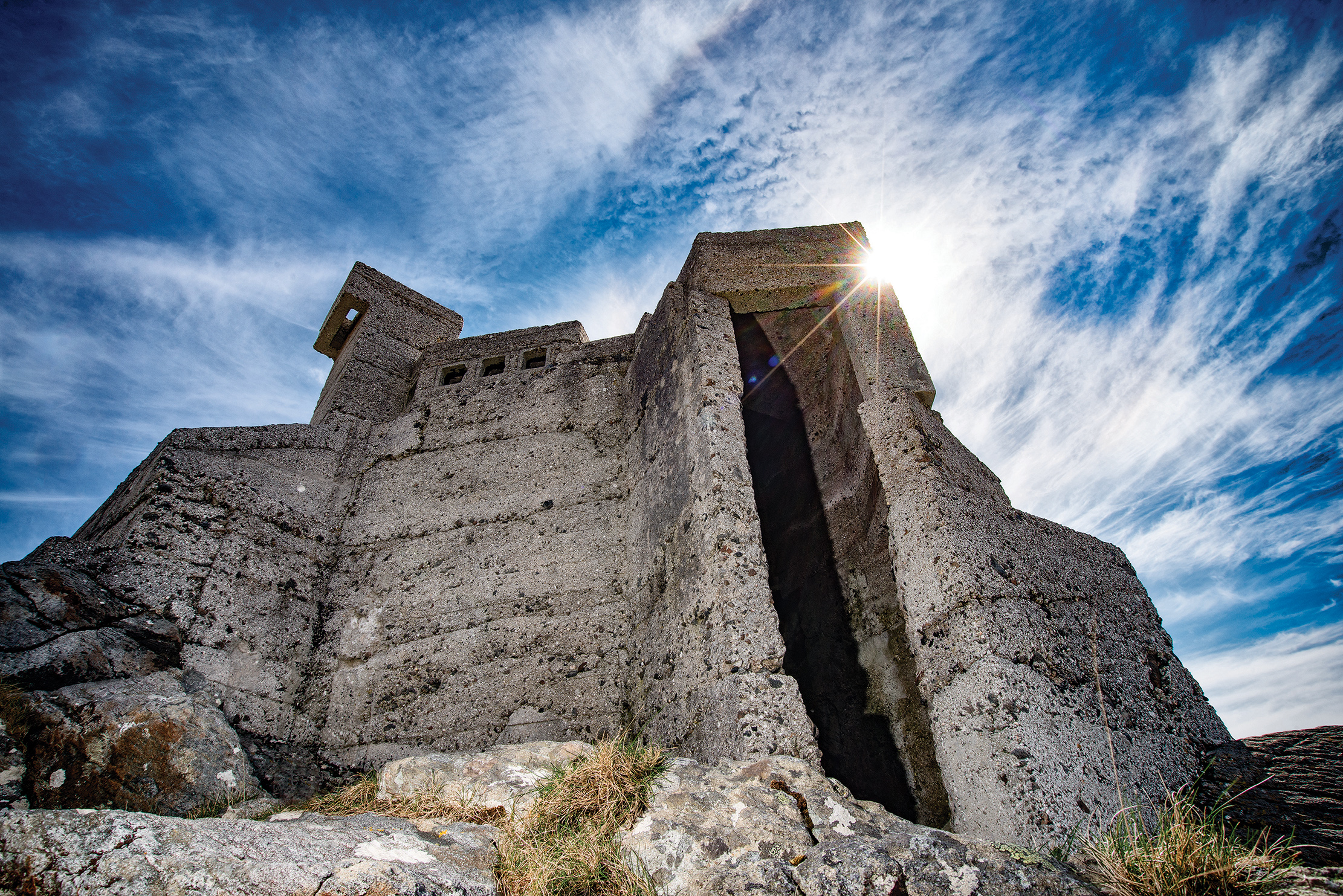
It was inevitable that I would write about it eventually. And so it became the setting for a fateful encounter in The Torment of Others.
He’d reached Achmelvich in the early evening, at the end of a single-track road that cut high above the slender finger of a sea loch. The occasional tree he’d passed had been bent double, a marker to indicate the force and direction of the prevailing wind.
The place was hardly worth giving a name to, he thought. There was the youth hostel, closed for the winter, and a handful of low cottages hunched along a spine of rock that stretched out into the sea. Only one of the cottages was showing a light. He wondered if he should ask for directions, but figured it couldn’t be that hard to find this Hermit’s Castle.
He’d been wrong, of course. He’d spent the best part of an hour clambering over rocks in the wrong shoes, stumbling on loose stones, nearly tumbling headlong into the sea at one point. When he’d finally found it, he’d almost walked straight past it.
Exhausted, cold and bruised, he shone his torch over the tiny concrete structure. It was nestled in a gap in the rocks, a grey box scarcely seven feet high with a small chimney curved over the roof like a tail. There was a doorway but no door. It led to a narrow passage that curved round, apparently designed to keep out the wind and the rain. It gave on to a tiny cell, barely six feet across. Along one side was a concrete shelf the size and shape of a single bed. Opposite was an open hearth. And that was it. Nowhere to hide, nowhere to do anything much. He couldn’t imagine spending a day there, never mind a year.
That wasn’t enough tribute for me to pay, however. Years later, I returned to the Hermit’s Castle for a short story called Ancient and Modern.
Then we crested a shoulder of the hillside and both stopped in our tracks. Ahead of us, on the edge of the cliff above a steep-banked inlet in the promontory was something so unexpected I wondered if I was hallucinating it. But a quick glance at Alan’s face told me he could see it too.
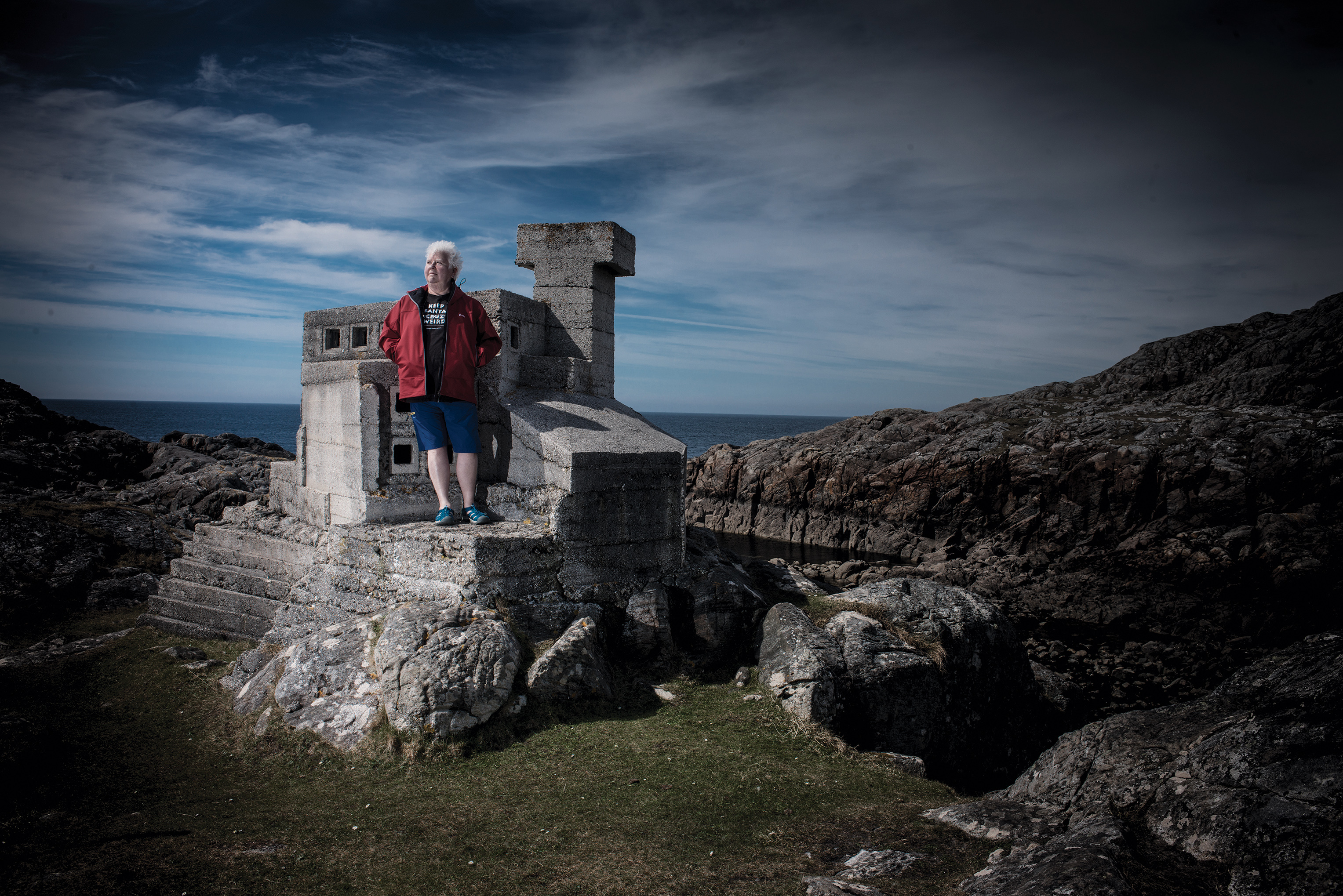
A miniature fortress, geometric concrete shapes apparently growing out of the rock, topped with what looked like a periscope facing out to sea. There were small square holes in the concrete walls, blank eyes that my imagination filled with gun barrels pointing our way. It was completely incongruous, straight lines against the irregular humps and bumps and treacherous slopes of the rocks.
The story formed part of the ‘Bloody Scotland’ anthology, a collection commissioned by Historic Environment Scotland, in which a dozen crime writers imagine terrible things taking place in the historically significant buildings of our choice. Not just my Scotland, but other writers’ too. 
Extracted from 'My Scotland' by Val McDermid, with photographs by Alan McCredie, is published by Sphere (£20)
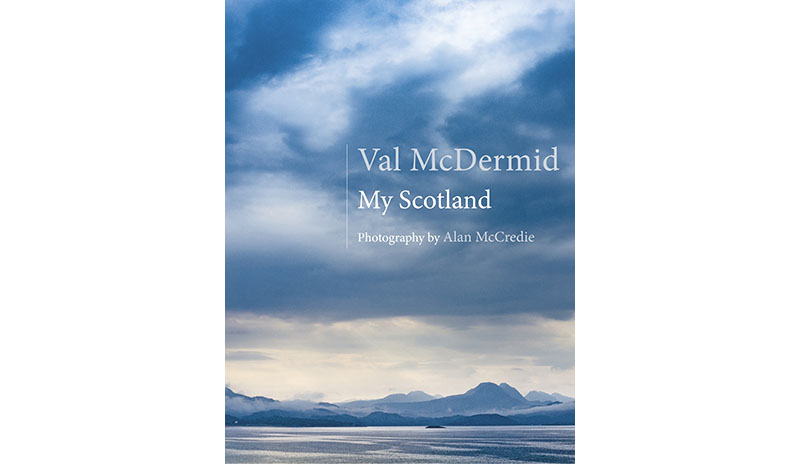
Country Life is unlike any other magazine: the only glossy weekly on the newsstand and the only magazine that has been guest-edited by HRH The King not once, but twice. It is a celebration of modern rural life and all its diverse joys and pleasures — that was first published in Queen Victoria's Diamond Jubilee year. Our eclectic mixture of witty and informative content — from the most up-to-date property news and commentary and a coveted glimpse inside some of the UK's best houses and gardens, to gardening, the arts and interior design, written by experts in their field — still cannot be found in print or online, anywhere else.
-
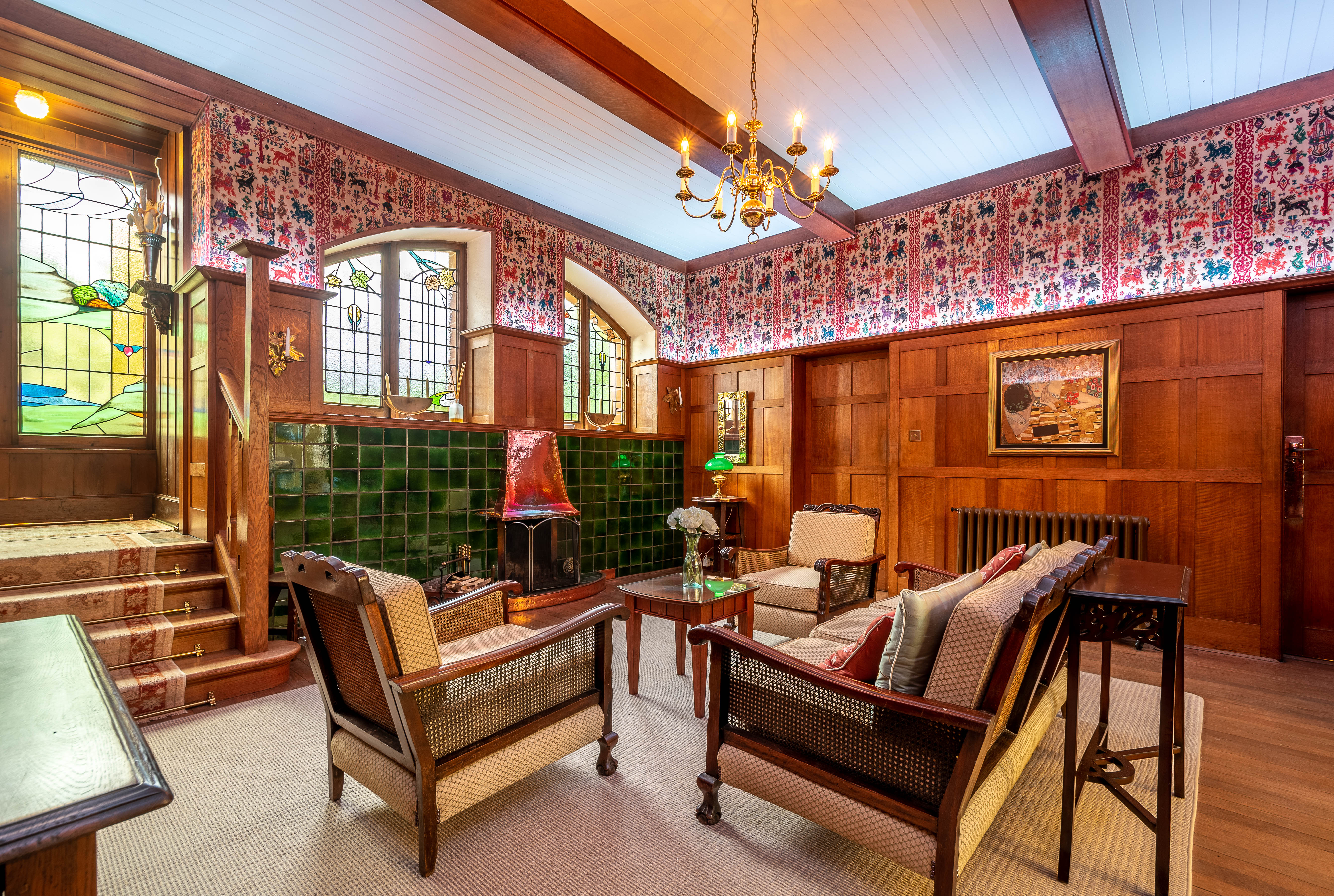 Seven of the UK’s best Arts and Crafts buildings — and you can stay in all of them
Seven of the UK’s best Arts and Crafts buildings — and you can stay in all of themThe Arts and Crafts movement was an international design trend with roots in the UK — and lots of buildings built and decorated in the style have since been turned into hotels.
By Ben West
-
 A Grecian masterpiece that might be one of the nation's finest homes comes up for sale in Kent
A Grecian masterpiece that might be one of the nation's finest homes comes up for sale in KentGrade I-listed Holwood House sits in 40 acres of private parkland just 15 miles from central London. It is spectacular.
By Penny Churchill